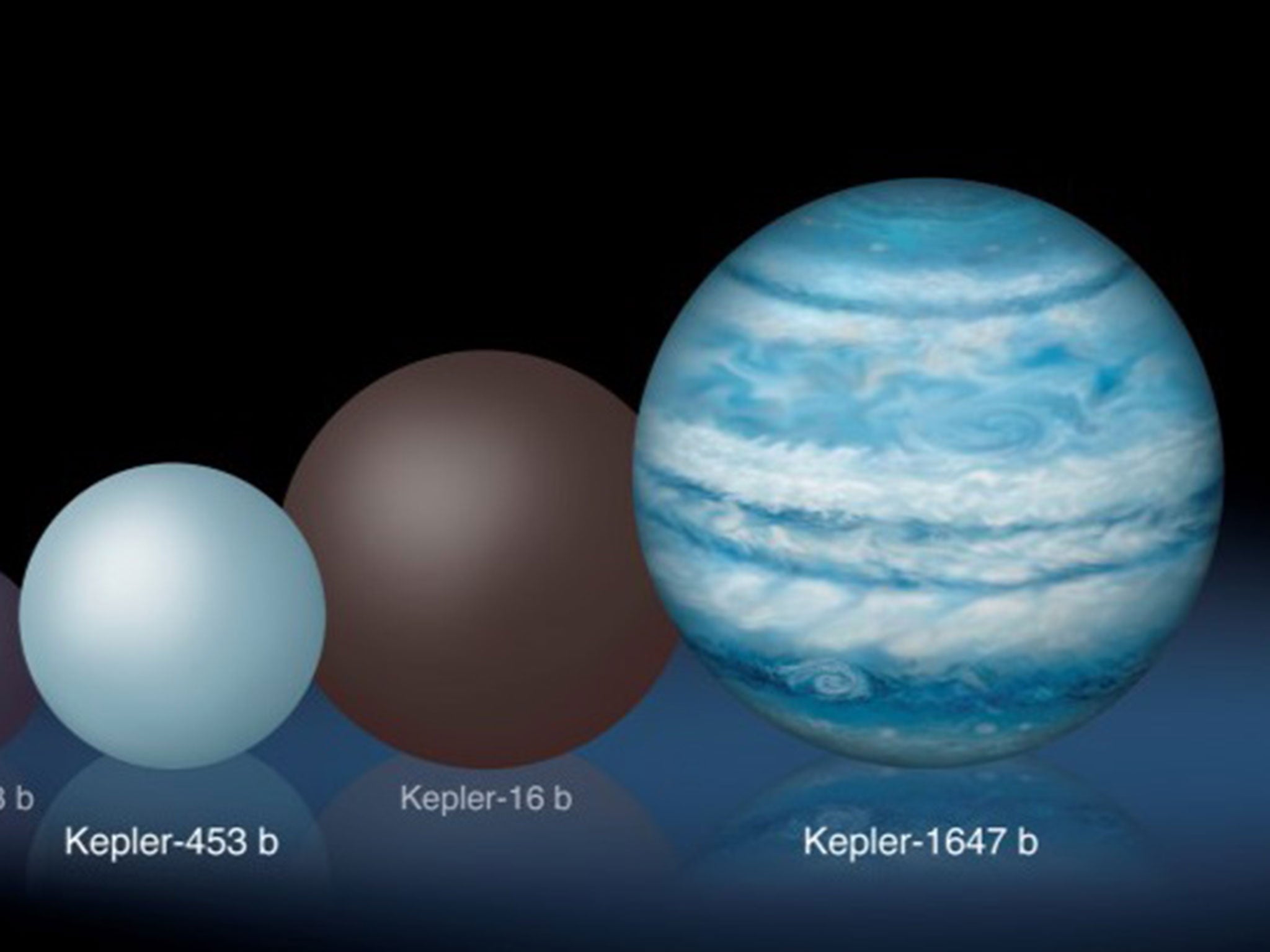New Jupiter-like planet discovered orbiting two suns, scientists announce
The planet, named Kepler-1647b, has been compared to Jupiter due to having a near-identical mass and radius

Scientists have discovered the largest planet yet orbiting a two-star system. The planet, named Kepler-1647b, has been compared to Jupiter due to having a near-identical mass and radius. It is in a star system located 3,700 light-years from Earth and is almost as old, having an estimated age of 4.4 billion years.
The discovery was announced at a meeting of the American Astronomical Society in San Diego. A team of international researchers worked to identify the new planet, using data from the Kepler space telescope.
Jerome Orosz, study co-author, said: “It’s a bit curious that this biggest planet took so long to confirm, since it is easier to find big planets than small ones. But it is because its orbital period is so long.”
The planet takes just over three years (1,107 days) to orbit its host stars. It is believed that this is the longest transit of any exoplanet confirmed so far.
Co-author William Welsh said: “Finding circumbinary planets is much harder than finding planets around single stars. Habitability aside, Kepler-1647b is important because it is the tip of the iceberg of a theoretically predicted population of large, long-period circumbinary planets.”
A visitor’s guide to the International Space Station
Show all 8In a statement, NASA said: “Like Jupiter, however, Kepler-1647b is a gas giant, making the planet unlikely to host life. Yet if the planet has large moons, they could potentially be suitable for life.
“Once a candidate planet is found, researchers employ advanced computer programs to determine if it really is a planet. It can be a grueling process.”
Subscribe to Independent Premium to bookmark this article
Want to bookmark your favourite articles and stories to read or reference later? Start your Independent Premium subscription today.

Join our commenting forum
Join thought-provoking conversations, follow other Independent readers and see their replies